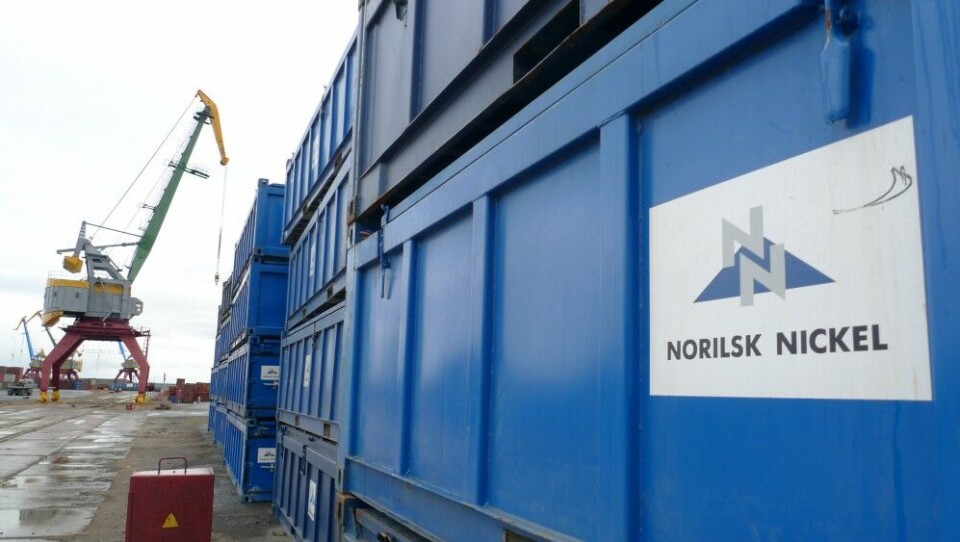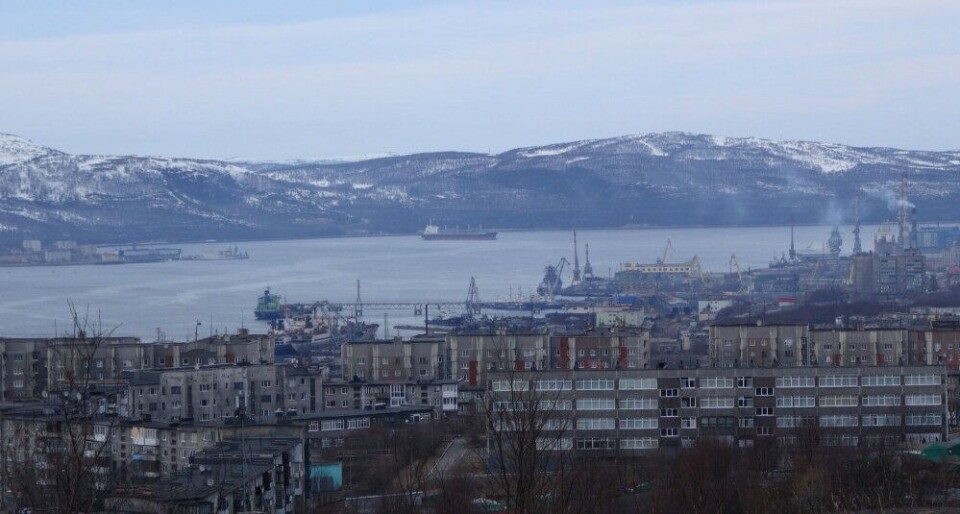
Containers next for Northern Sea Route, new terminal one step closer to realization in Murmansk
The 42 billion rubles (€461 million) transit terminal will be located between Lavna and Belokamenka on the west side of the Kola Bay.
It is Rusatom Cargo, a logistics subsidiary of Russia’s nuclear corporation Rosatom, that now has set the summer of 2024 as date for when a Murmansk terminal could be up and running.
The idea is to create one terminal in Murmansk and one in Primorsky Krai in the Far East. Containers with goods from Asia, and shipped along the Northern Sea Route, will at the new Murmansk terminal be reloaded railway directed to Europe via St. Petersburg.
With sea-ice on the Northern Sea Route retreating a high speed, there is a growing interest among shipping companies in trans-Arctic shipments. Companies in South Korea have previously expressed intention to launch trial shipments along the Russian Arctic coast.
Choosing the Northern Sea Route from ports in East Asia is about half the distance compared with sailing the Suez channel.

It is the Russian Railway’s information agency that reports about the preferred location of the terminal near Belokamenka. The news is also quoted by Severpost. Last autumn, the Barents Observer reported about negotiations between regional authorities in Murmansk and the Defense Ministry on releasing military closed areas for the purpose of the new container port.
With Rusatom Cargo as partner in the terminal project together with other logistics companies, the progress is expected to gain speed. Rosatom is is officially granted the leading role in the development of the vast Russian Arctic coast. With its subsidiary Rosatomflot, the state-owned company is also in charge of the rapidly growing fleet of nuclear-powered icebreakers sailing out of Murmansk.
PortNews has previously reported about Rusatom Cargo planning to build its own fleet of Arc7 ice-classed container ships.
As part of the Murmansk Transport Hub project, a railway line is already under construction on the west side of the Kola Bay. The 46 km long line from the October Railway towards Lavna was originally supposed to serve a new coal terminal, but with the need of such port for export to Europe has no future in times of the green energy shift.

















